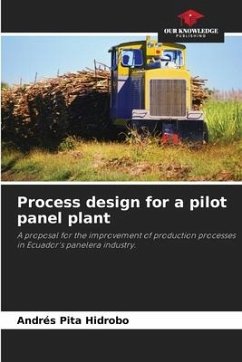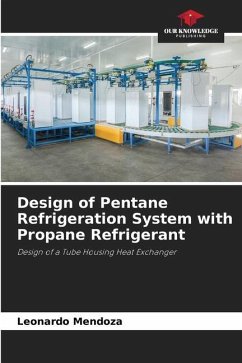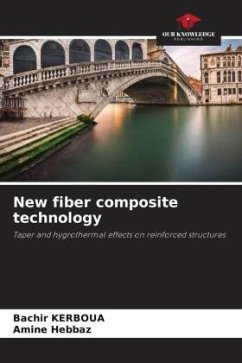
Composite Material Design
(EPS/Natural Fibers)
Versandkostenfrei!
Versandfertig in 1-2 Wochen
18,99 €
inkl. MwSt.

PAYBACK Punkte
9 °P sammeln!
It should be noted that EPS, due to its composition and its origin derived from oil, is a high value waste, relatively easy to recover and abundant. Paradoxically, it has not been the object of selective collection and most of the waste that has been recovered comes from domestic waste treatment plants. (Peña C., 2013). The use of natural fibers has awakened a growing interest in researchers for two reasons, the first is due to the increase in mechanical properties provided by cellulose and the second is due to the ecological benefits and added value of using surplus as is the case of bagasse...
It should be noted that EPS, due to its composition and its origin derived from oil, is a high value waste, relatively easy to recover and abundant. Paradoxically, it has not been the object of selective collection and most of the waste that has been recovered comes from domestic waste treatment plants. (Peña C., 2013). The use of natural fibers has awakened a growing interest in researchers for two reasons, the first is due to the increase in mechanical properties provided by cellulose and the second is due to the ecological benefits and added value of using surplus as is the case of bagasse. In this work, it is described the process of obtaining and characterizing the composite materials, which were obtained varying the proportion in weight of EPS/Natural fiber in the percentages of 30/70, 40/60 and 50/50.












